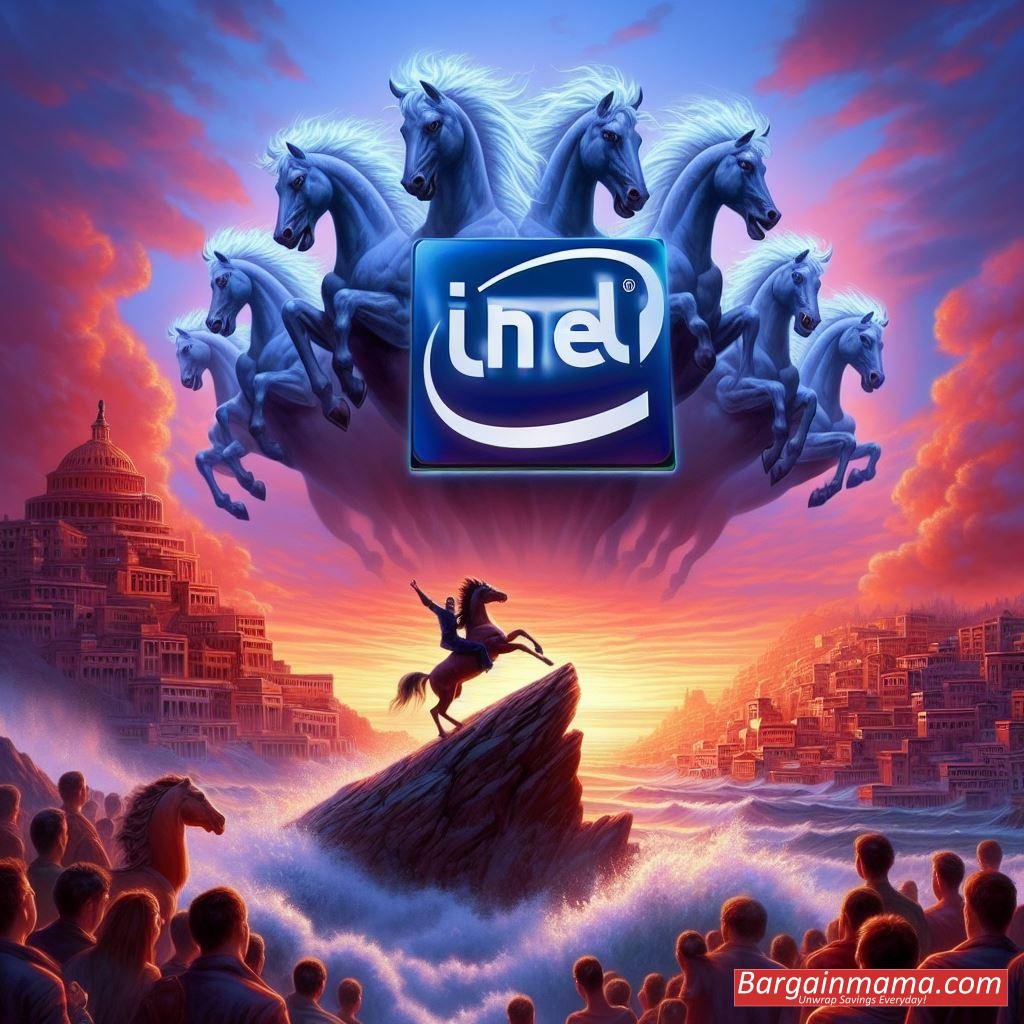There aren’t many rivalries in the PC industry as well-known as the one between AMD and Intel. The competition between these two industry titans to create the greatest CPUs has shaped the computer industry for many years. However, recent events imply that this long-standing competition may be about to undergo a radical change.

The shocking admission made by Intel CEO Pat Gelsinger is at the forefront of this possible upheaval. During his keynote address at the first-ever Intel Foundry Direct Connect event in San Jose, California, Gelsinger revealed a shocking revelation: Intel is opening its fabrication facilities to produce chips for some of the leading tech companies, including its fiercest rival AMD.
This declaration represents a substantial shift from Intel’s conventional strategy. In the past, the business produced chips just for internal consumption. But by revealing its new factory, Intel is indicating a strategic shift toward a more inclusive economic model in which past conflicts are subordinated to more industry collaboration.
The bold objective of Intel to overtake TSMC in advanced chip production by 2025 is at the heart of the company’s strategy. The business wants to make chips that are quicker and more energy-efficient than ever before by utilizing its cutting-edge technologies, such as the Intel 18A manufacturing process. With Microsoft as one of its main clients already, Intel is well-positioned to gain ground in the cutthroat semiconductor industry.

However, what does this imply for the product teams at Intel? In response, Gelsinger made it clear that building semiconductors is Intel’s main goal, regardless of the intended user. Intel intends to optimize its manufacturing processes and expand its market reach by clearly demarcating its foundry activities from its product business.
The ramifications of Intel’s recent disclosure are extensive. Massive players in the market like Nvidia, Qualcomm, and Google are showing interest in Intel, with orders for its foundry estimated to exceed $15 billion. In the future, even TSMC’s longstanding partner AMD could be tempted to consider Intel’s products.
However, despite this paradigm change, several doubts remain. Will AMD, a business that is firmly committed to its alliance with TSMC, be open to working with its former rival? Time will tell. But one thing is certain: the PC industry’s dynamics are changing dramatically, and the result of this surprising partnership may change the competitive environment for years to come.

One thing is quite evident as Intel starts this exciting new chapter: the days of strict rivalry are coming to an end and being replaced with a future that is more inclusive and collaborative. Furthermore, change itself is the sole constant in this dynamic environment.



